Asian elephants are massive mammals that always attract attention due to their unique appearance and lifestyle. Their skin is covered by a thick layer of hair, which is particularly noticeable when they are young. So, why do young Asian elephants have long hair? Are they genetically closer to mammoths? This article will discuss this issue in detail from a scientific perspective.
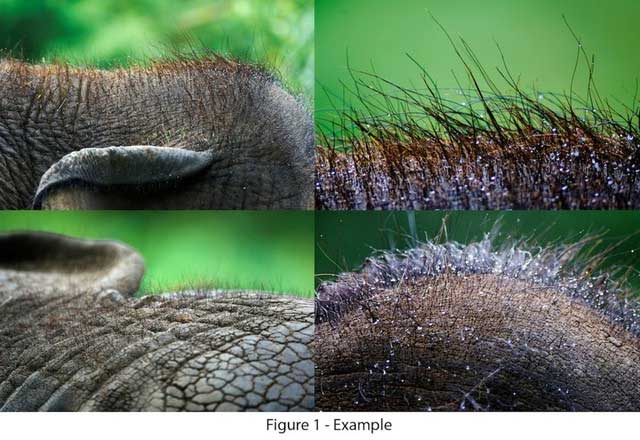
Elephant Hair.
First of all, we need to understand that the hair on the skin of young Asian elephants does not grow naturally. The existence of these hairs is actually an important way for Asian elephants to adapt to their environment. In the wild, Asian elephants face various weather conditions, including hot summers and cold winters. In this case, the outer layer of hair becomes an important tool for their self-protection.
The hair helps Asian elephants combat the cold, maintain body temperature, and protect their skin from direct sunlight. Additionally, the hair also aids Asian elephants in defending themselves against parasites and insects.
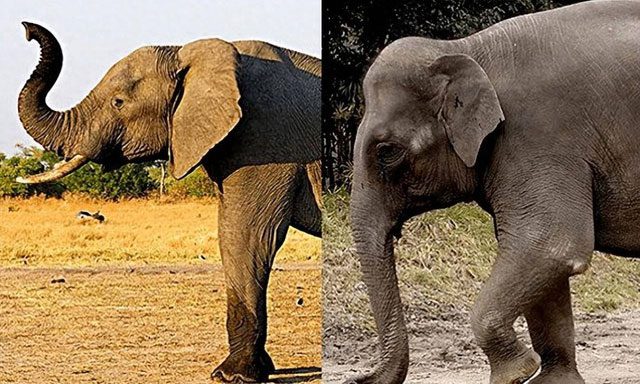
Young elephants, especially in the first few weeks after birth, have a high metabolic rate and poor body temperature regulation. The thick layer of hair helps keep them warm in low-temperature environments.
However, as Asian elephants grow, these hairs gradually shed, leaving only a small amount of hair on their skin. This is because as Asian elephants increase in size, their skin area also increases. In this case, the role of hair becomes less significant. Moreover, a large amount of hair would impose a certain burden on Asian elephants and affect their mobility. Therefore, Asian elephants gradually lose these hairs as they mature.
So, are Asian elephants genetically closer to mammoths? The answer to this question is yes.
According to scientific research, Asian elephants and mammoths have a close genetic relationship. In fact, Asian elephants can be considered the modern relatives of mammoths. This can be observed from their appearance. Both Asian elephants and mammoths have long bodies, curved tusks, thick skin, and fur. These are common characteristics of both species.
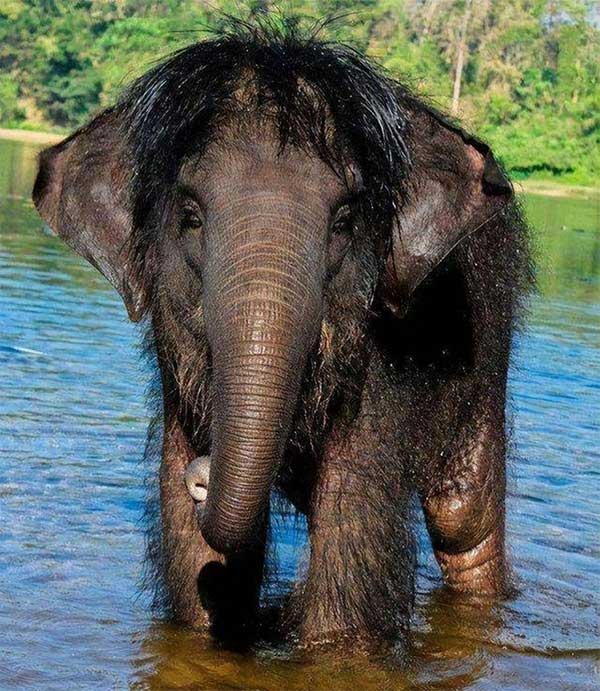
Long hair can enhance the sensory capabilities of young elephants, helping them easily recognize their environment.
At the genetic level, the similarities between Asian elephants and mammoths are even more pronounced. Scientists have compared the genes of Asian elephants and mammoths and found that the genetic similarity between them is very high.
In fact, Asian elephants are genetically more similar to mammoths than to other living elephant species. This result indicates that Asian elephants and mammoths have a very close relationship in the evolutionary process.
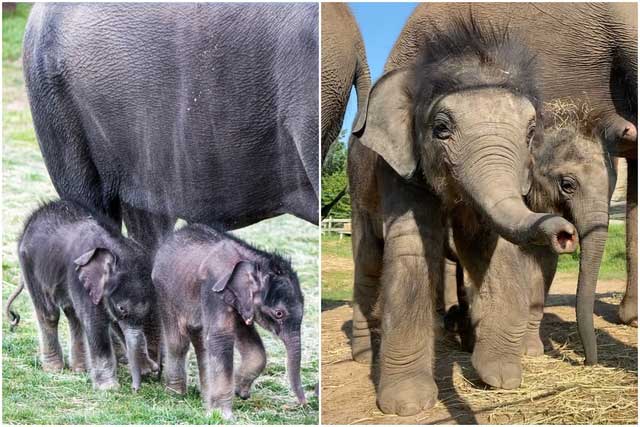
Asian elephants and mammoths diverged from a common branch about 6 million years ago, while African elephants diverged about 4 million years ago. This means that Asian elephants and mammoths share more DNA than African elephants and mammoths.
However, even though Asian elephants and mammoths have a close genetic relationship, their habitats are very different. Mammoths were animals that lived in the Ice Age. They survived in harsh environments and adapted to cold temperatures.
Asian elephants are animals that live in tropical and subtropical regions. They inhabit areas with a warmer climate and have adapted to hot environments. This environmental difference has led to some differences in the appearance of Asian elephants and mammoths. For example, mammoths had thicker skin and denser fur to withstand the cold, while Asian elephants have relatively thinner skin and less fur to adapt to hot climates.

DNA analysis shows that Asian elephants are most closely related to mammoths among surviving elephant species. Theoretically, Asian elephants and mammoths could interbreed, producing hybrids known as “Asian mammoths.” However, since mammoths are extinct, it is not possible to study their genetics in detail to accurately determine the similarities between the two species.
In summary, Asian elephants have long hair when they are young, primarily because these hairs help them combat the effects of various environmental conditions. As Asian elephants grow, these hairs gradually shed, leaving only a small amount of hair on their skin. The genetic similarity between Asian elephants and mammoths is mainly due to their close relationship in the evolutionary process. Although there are some differences in appearance between Asian elephants and mammoths, these are the results of their adaptation to different environments.
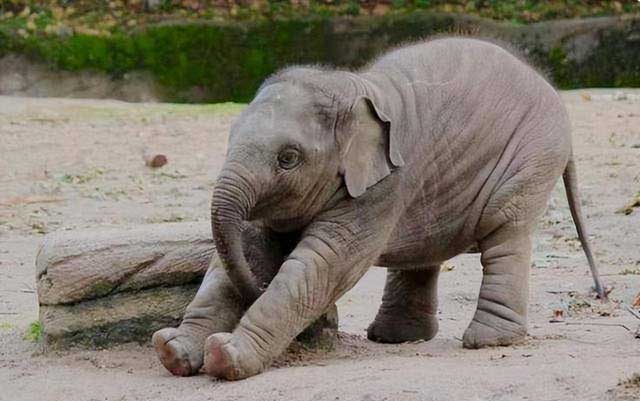
However, both Asian elephants and mammoths were important species in the ecosystem during their time. They were not only a crucial part of the ecosystem but also important resources for humans to learn and research about nature.
In the future, with the development of science and technology, we will gain deeper insights into the relationship between humans and animals, as well as our understanding of the natural world.


















































